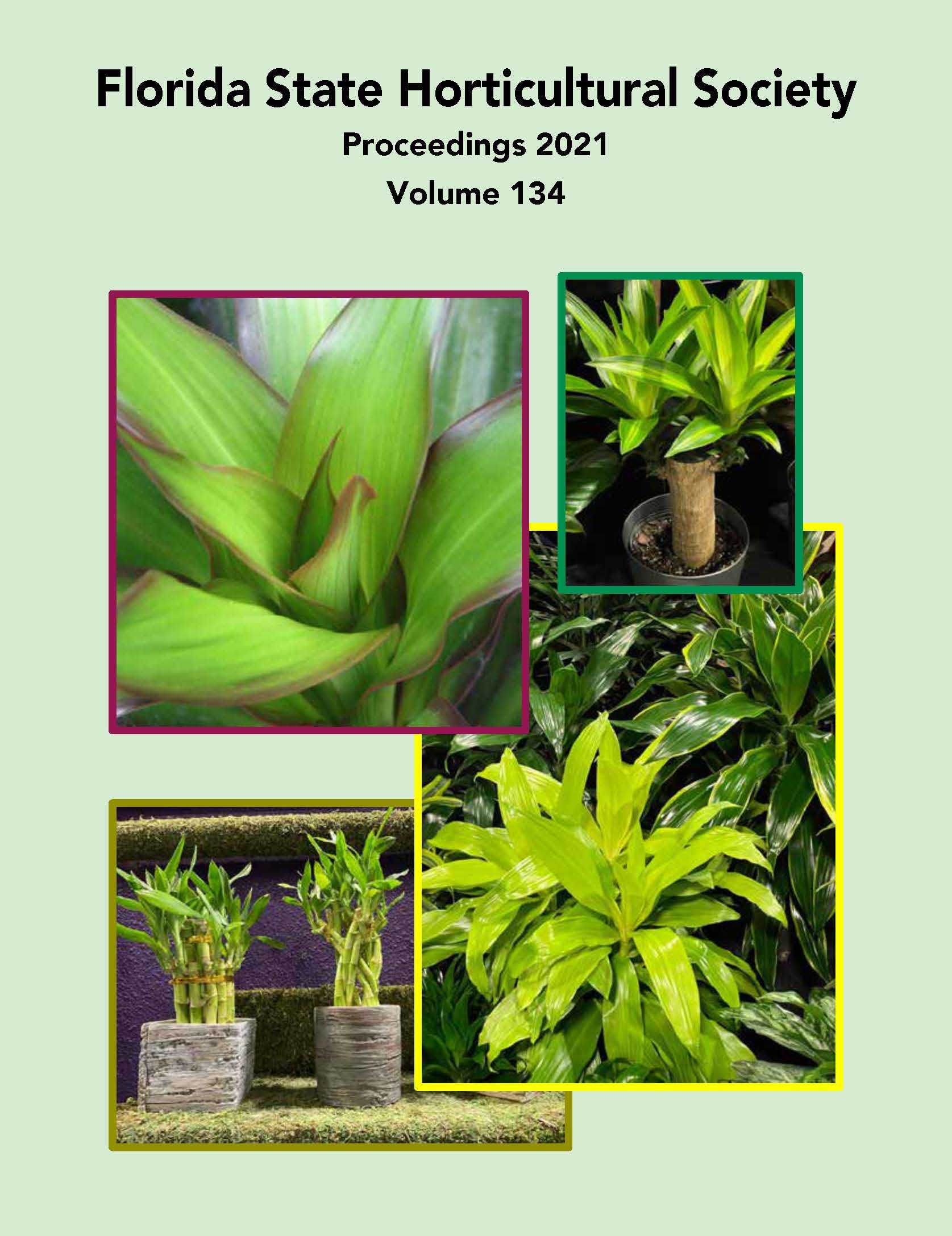Nitrogen Management and Recovery Efficiency and Response to Nitrogen Sources in Drip-irrigated Tomato
Abstract
Plant use efficiency of applied N is estimated to be < 50% for most crops, particularly in coastal plains sandy soils, where N losses through leaching and volatilization in warmer climates may be a predominant pathway for N loss to the environment. The use of best management practices (BMPs) such as controlled release fertilizer (CRF) is one potential way to increase plant N uptake and decrease N loss to the environment. The use of CRF allows for one pre-plant application of N fertilizer that could potentially supply sufficient N for a growing season. Less labor would be associated with application of N fertilizer which could led to economic benefits as well. This research study evaluates the suitability of CRF as an alternative nitrogen (N) fertilizer source to conventional urea (U) for tomato production. The dissimilar management of controlled-release urea CRU and U can potentially lead to different N use efficiencies (NUE) and losses in a vegetable production system. In addition, the incorporation of cover crops between seasons of vegetable production can be beneficial as certain cover crops function as N catch crops, which hold residual N at the soil surface. A two-year fall tomato-winter rye-spring tomato-sorghum-sudan rotation was conducted to evaluate the management of N sources such as CRU and U. Lower N rates, timing of N fertilizer application, and placement were also evaluated. Data results from the first-year fall tomato season will be presented.

